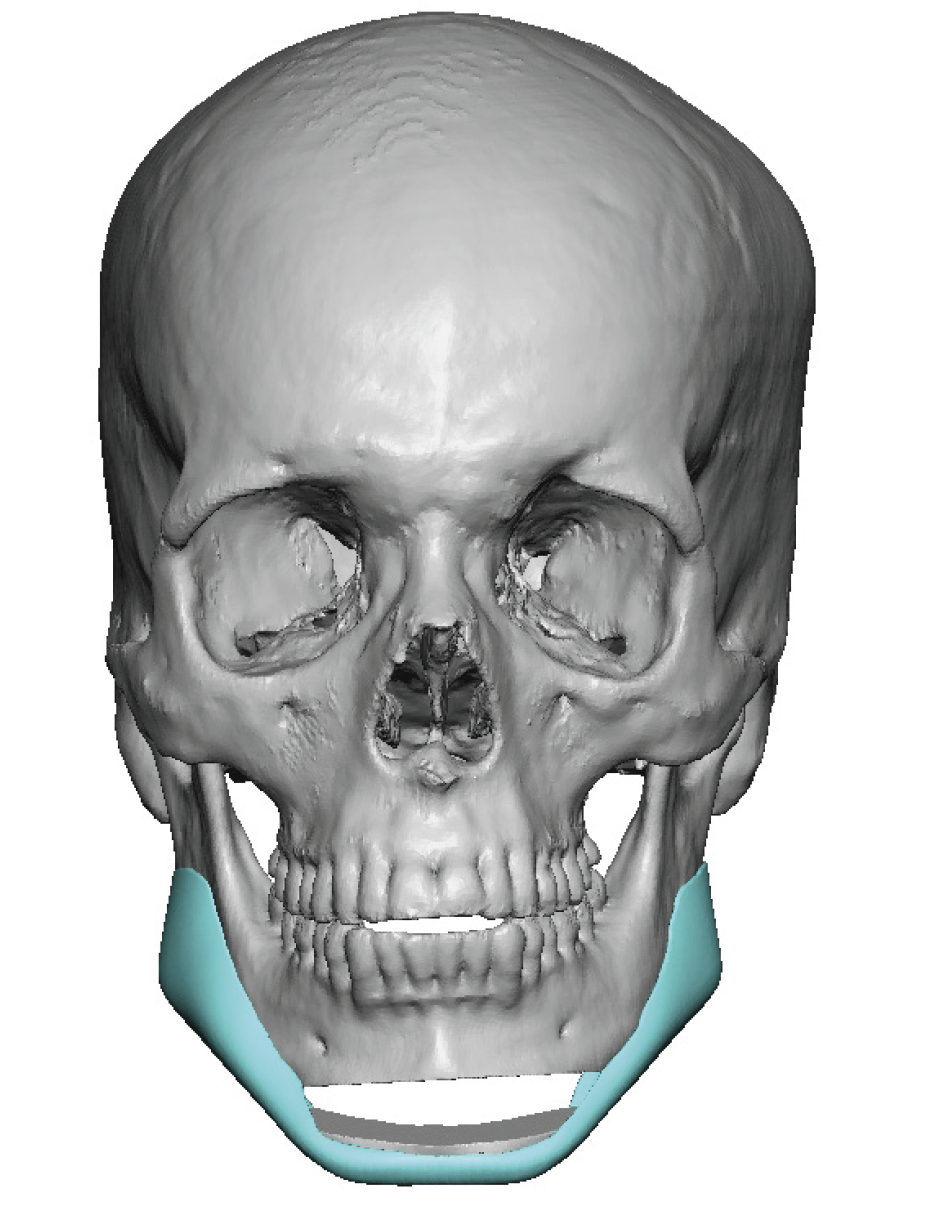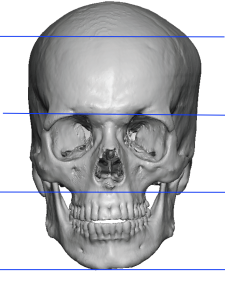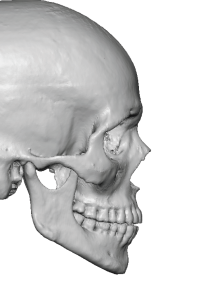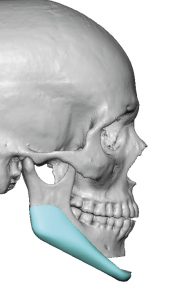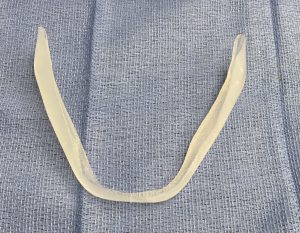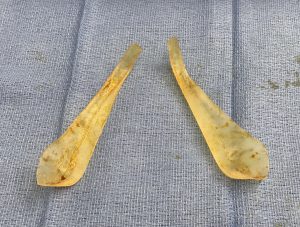Background: One of the determinants of an aesthetic face is good facial proportions. The most basic and well known of proportionate relationships is the facial thirds. In this assessment the face is divided into horizontal thirds. The upper 1//3s is from the hairline to the glabella, the middle 1/3is from the glabella to the subnasal region and the lower 1/3 is from the subnasal area to the bottom of the chin. (menton) Its principle is that most attractive faces have equal vertical heights of all facial thirds.
The most common facial third deficiency, and the most treatable, is the lower facial third. Almost always the deficiency is bony in origin either involving just the chin or the entire jawline. One of the key determinants of that difference is the mandibular plane angle. A flat mandibular plane angle usually indicates an isolated chin deficiency. If the lower third is short and there is a visible plane angle (chin lower than the jaw angle) then it is likely the entire jawline is at fault to varying amounts.
In aesthetic vertical lengthening of the lower third of the face there are a variety of procedures that can do so. The chin can be lengthened by an osteotomy (vertical lengthening genioplasty) or custom chin implants. The anterior two-thirds of the jawline can be lengthened by a chin wing osteotomy or an extended custom chin implant. The entire jawline can be lengthened only by custom implants with the exception of the chin which can be done by osteotomy or as part of the implant dependent upon how much chin lengthening is needed.
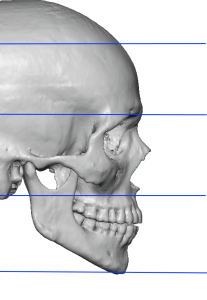

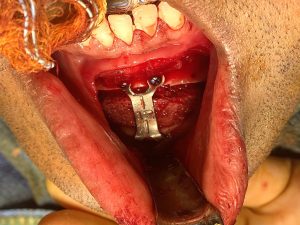
The key to vertical jawline augmentation is how much lengthening does the chin need. Because the soft tissue chin pad has to be devolved for implant placement there is only so much lengthening that can be achieved and still being able to pull the soft tissue pad over the implant. This is usually in the 7 to 8mm range…but in the vertically short chin in which the chin pad already has less tissue even that amount may be too much. Conversely the vertical lengthening bony genioplasty does not have that soft tissue limitation because the tissues remain attached to the bottom of the bone. Thus there are no soft tissue chin pad limitations with the stretch of the bone.
Case Highlights:
1) Elongating the short lower jaw can be done by implant and bone procedures depending upon how much vertical lengthening is needed.
2) The key determinant of the method of vertical jaw lengthening is the chin, the tightest part of the jawline due to the stiffer soft chin pad tissues.
3) When the chin needs more than 7mms of vertical lengthening a bony genioplasty is needed to make that elongation safely combined with custom jaw implants behind it.
Dr. Barry Eppley
Indianapolis, Indiana

